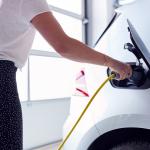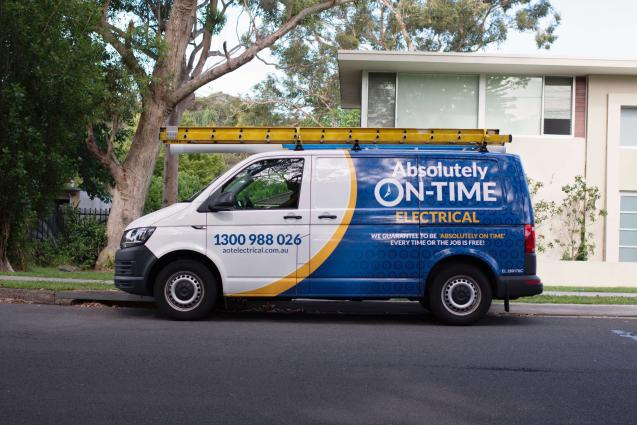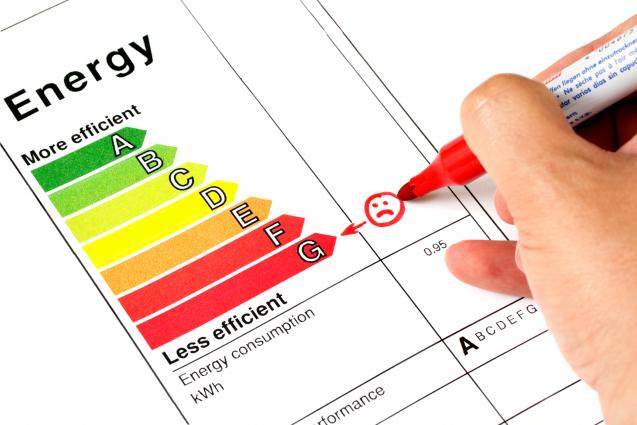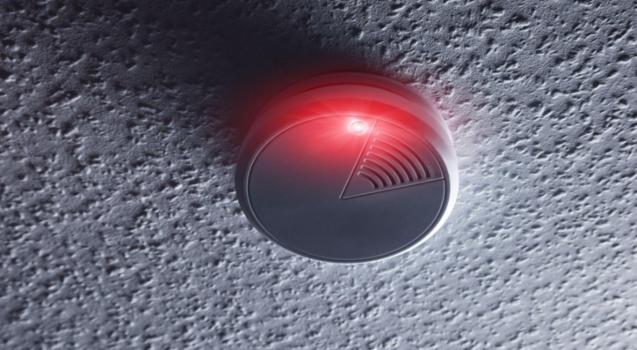
What Type of Charger is Best for my Electric Vehicle?
EVs need electricity, and the charging process is more complex than traditional cars. This is so because EVs accept varying amounts of power and use various connectors. Different EV charging levels also determine the duration required to recharge an EV.
Charging Types Vs. Charging Levels
There are different methods to recharge your EV; thus, you need to understand these two essential terminologies applied to EVs.
Charging Levels
Refers to the power and speed of charging your electric car. Charging levels are usually categorized into key bands, such as Levels 1 to 3.
These are the actual plug connector type that connects to your electric vehicle. Electric vehicle chargers deliver electricity to a vehicle. However, the speed of this delivery, referred to as their "Level," varies based on the electricity connection type. In most instances, charging progresses faster the higher the level.
EVs can charge using AC or DC. The primary battery is DC, and AC charging is typically used at Levels 1 or 2, while most Level 3 charging is DC. DC charging bypasses the AC/DC inverter and goes directly into the battery, allowing faster charging.
- Level 1 - Portable EVSE
A typical 120-volt home outlet can serve level 1 charging. Electric cars or Plug-in hybrid electric vehicles (PHEVs) can charge on Level 1. However, level 1 charging adds only 3 to 5 miles of range every hour, making it the slowest charging method
Since PHEV batteries are less than 25 kWh, level 1 charging is adequate. Level 1 charging is far too slow for most Evs' daily charging as they have much larger batteries unless the car isn't for distance travel.
- Level 2 - Wall Chargers
The most widely used level for regular EV charging is level 2. You can install level 2 charging equipment at home, the workplace, and public places.
Depending on the level 2 charger's power output and the vehicle's highest charge rate, level 2 charging can recharge 12 to 80 miles of range hourly. Most BEV owners prefer Level 2 charging as it can charge as much as ten times quicker than Level 1 charging.
- Level 3 - DC Fast Chargers
The fastest charging method, level 3, can recharge an EV per minute at 3 to 20 miles of range. Level 3 charging utilizes direct current (DC) instead of Level 1 and Level 2 charging, which use alternating current (AC).
Level 3 voltage requirement is also more remarkable than Level 1 & 2 charging. Level 3 charging is, thus, rare in homes, as the required high-voltage supply is available in very few residential places.
Moreover, the cost of DC Fast Chargers is very high. Even if your home has a high-volt energy service, installing the charger would cost more than buying an EV.
Charging Types
According to the relevant international standards body, plugs come in four types. In Australia, you will find Type 2 / Mennekes, J1772, and CHAdeMo.
Australia previously used Type 1 / J1772 plugs until about 2017 or 2018, when the delivery of the European Standard Type 2 / Mennekes began. Most available charging stations today are Type 2 compatible, and older cars with Type 1 charging ports require an adapter cable.
Most Level 3 chargers have the CCS (Type 2) or CHAdeMO plugs, enabling you to use the one that fits your vehicle. The Tesla Model 3 uses CCS2, which is the most popular. As a result of their smaller carbon footprint and lower running costs, electric vehicles are becoming more popular. According to Australian law, you need a licensed electrical contractor to install permanent electrical equipment. Call a qualified electrician to install your EV charging station safely.



